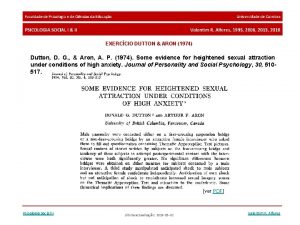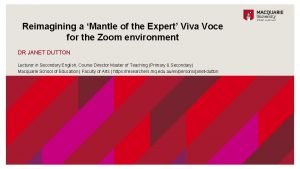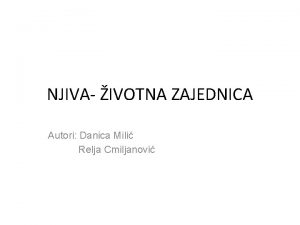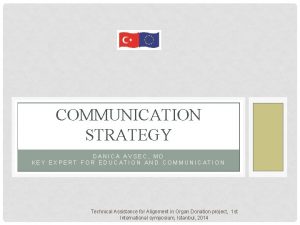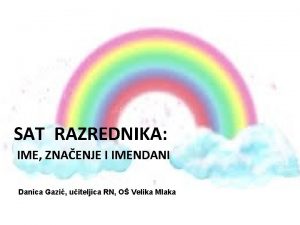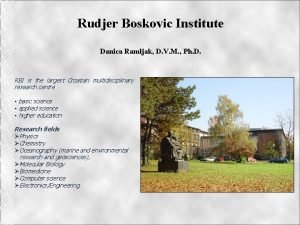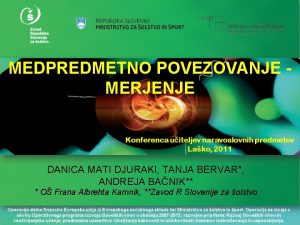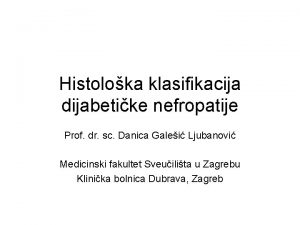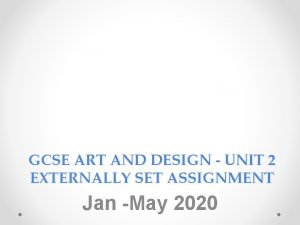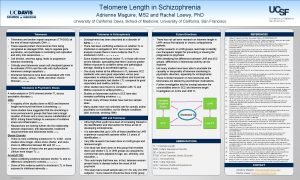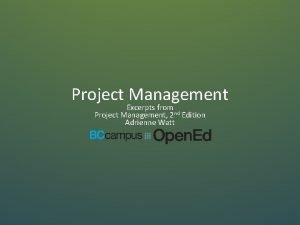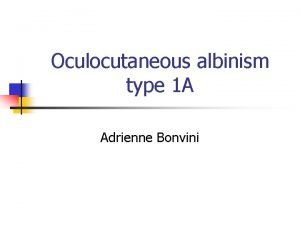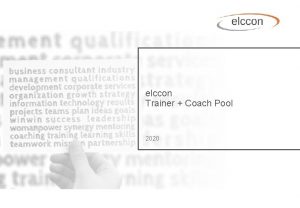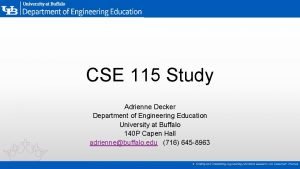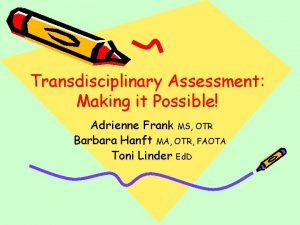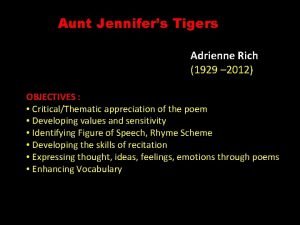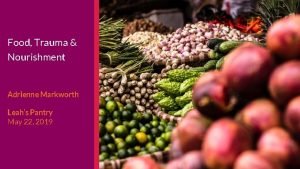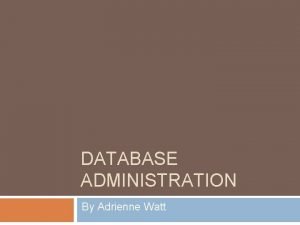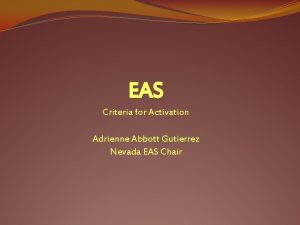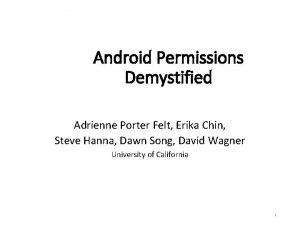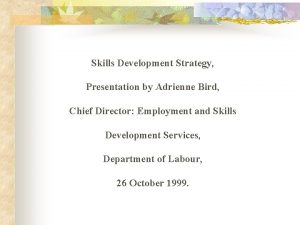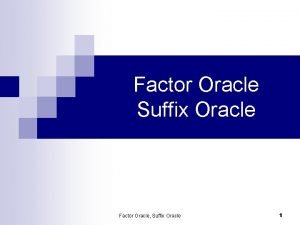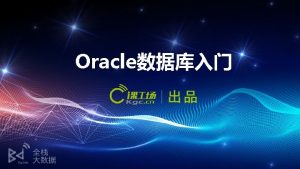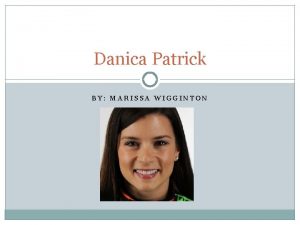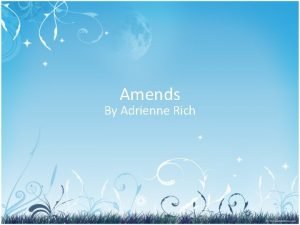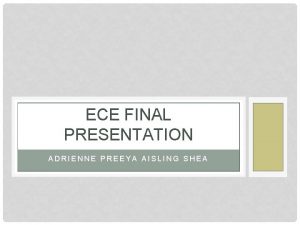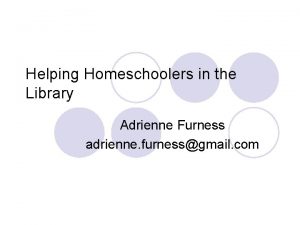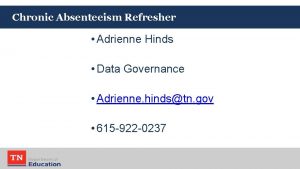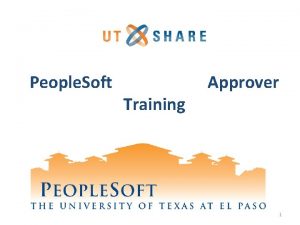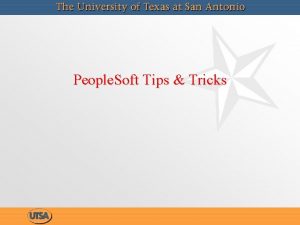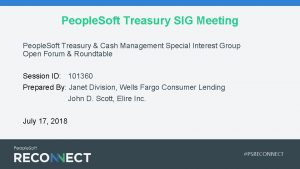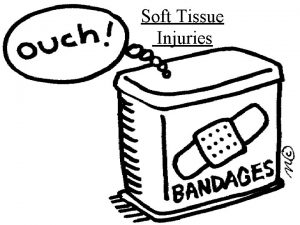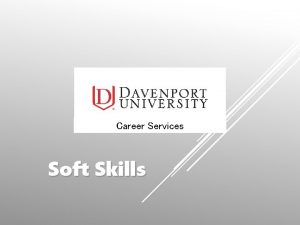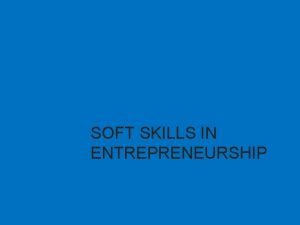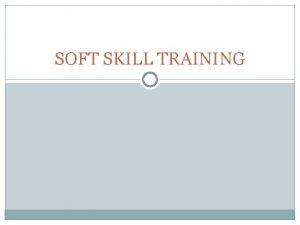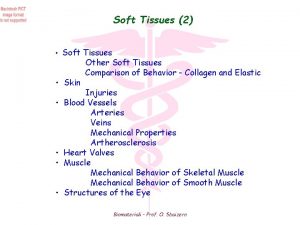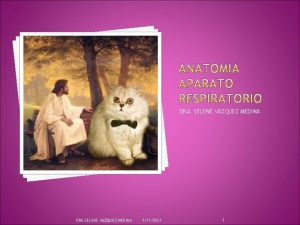Oracle VS People Soft Adrienne Dutton Danica Medina






















- Slides: 22

Oracle VS People. Soft Adrienne Dutton Danica Medina Theresa Villano

Agenda n n n Oracle vs. People. Soft: Big software companies in action The players: Oracle and People. Soft Motivation: Why did Oracle want the merger A timeline The fallout: IBM? Lessons Learned

Applications CRM ERP DSS CRM People. Soft SAP Databases Backend Oracle IBM

Back. Ground Info. n n n Enterprise resource planning systems (ERPs) are management information systems (MISs) that integrate and automate many of the business practices associated with the operations or production and distribution aspects of a company. Before merger, People. Soft was a major provider of ERP. SAP was their biggest competitor and had the biggest market share. Oracle initially only made databases, but eventually expanded their market by providing ERP services.

History n n CEO, Larry Ellison, started Oracle 30 years ago in 1977 Ellison envisioned a working prototype for a relational database model n n n Changed business computing, as we know it Started as only a database company then started getting software and later added in ERP In 2005, Oracle technology found in nearly every industry around the world n In 98 of the Fortune 100 companies’ offices Oracle’s Business n n The world's largest enterprise software company http: //www. oracle. com/

Products: n Main products provided by Oracle include the following: n Database n n Applications n n (Consulting, Advanced Product Service, and Education) Fusion Middleware n n such as Oracle ERP Services n n 2005 sales rose 15%; $1. 1 of 11. 98 Billion Dollars Total Sales takes ERP & works together with all layers The software products make money two ways: n n New software licenses Ongoing license fees and product support Assortment of Products: http: //www. oracle. com/products/product_list. html

How we can RELATE? Ex. Business Benefit n Consumer Products n Electronic Arts (EA) Runs the Sims Online Game Faster Using “Oracle Real Application Clusters” on Linux n Basically , used ERP n Saved $3. 4 Million n Not just for databases but service & game applications n Full Case Study: http: //www. oracle. com/customers/studies/roi/ea. pdf

History n n Founded 1987, former CEO Craig Conway People. Soft users often bought Oracle’s Database as a backend product 2002 – Despite having a good product, they were not profitable 2003 – Acquired J. D. Edwards to expand market share People. Soft’s Business n ERP software n An ERP provider: n Innovative and flexible ERP solution that runs on different hardware and different database packages. n The ERP program “talks to” different database management systems (DBMS) to manage the data (e. g. Oracle and IBM’s DB 2). Reference: http: //www. peoplesoft. com/corp/en/public_index. jsp

Products n People. Soft® family of products from HR to Financials to Support: n n n n Campus Solutions Customer Relationship Management Solutions Enterprise Performance Management Financial Management Human Capital Management (e. Development) Service Automation (IT & Billing) Relationship Management Supply Chain Management Reference: http: //www. oracle. com/applications/peoplesoft/all_ent_products. html

Why did Oracle want People. Soft? Customer Base n Competition n Vertical Integration n

People. Soft’s Customer Base n n n The growth for new software licenses is beginning to slow. Companies such as Oracle are increasingly relying on maintenance fees from current customers. These fees produce profit margins between 80 -90%. Before the Merger, People. Soft had 5, 100 current customers that are paying maintenance fees and upgrade fees. Oracle can spread their development costs over a larger set of customers

Losing Customers? n n However, because of the merger, Oracle risks losing some of People. Soft’s clients. As a result, they have announced to develop and improve People. Soft’s products for at least ten years. However, the long term strategy is to get People. Soft customers to switch over to Oracle products. Oracle will offer free application software licenses in replace for the People. Soft licenses.

Competition n SAP was the dominant player in ERP, but the merger brought three smaller companies together (J. D. Edwards, People. Soft, and Oracle) Oracle’s competitive advantage has been improved because their market share in ERP has surpassed SAP’s market share. Oracle will now have the scale it needs to compete on a global basis against competitors.

Applications CRMDSS ERP Merger Creates: VERTICAL INTEGRATION Databases Backend

Vertical Integration n n The merger will create vertical integration for Oracle can now offer customers “packages” that include applications in addition to databases. Customers no longer have to buy things from separate companies, but can buy a complete package from Oracle. People. Soft applications also run on IBM’s DB 2 so perhaps by buying People. Soft, Oracle could get more ERP customers to use Oracle’s database product

Merger Timeline n n June, 2003 n The merger between People. Soft and J. D. Edwards creates a business software giant. n Days after People. Soft's J. D. Edwards purchase, Oracle offers to buy People. Soft for $5. 1 billion. n The Department of Justice wants more information from Oracle about its People. Soft intentions. February, 2004 n n March, 2004 n n The mid-tier market becomes a concern for U. S. District Court Judge September, 2004 n n Department of Justice files antitrust lawsuit to block Oracle's People. Soft bid. Judge declares Oracle free to buy People. Soft in blow to Deptartment of Justice. December, 2004 n People. Soft's board agree to sell the farm for $10. 3 billion.

Strategies Oracle used to keep People. Soft users n Oracle admits first challenge is to hold onto People. Soft customers and their maintenance contracts n n n “One thing will remain constant - our unrelenting support of your business” “Project Fusion” – the company’s next-generation informationoriented application architecture that combines Oracle, People. Soft, and J. D. Edwards under a standards-based Java base Oracle’s Fusion 1. 0 is middleware. It will try to handle requests from “all” ERP systems (J. D. Edwards, Oracle, and People. Soft) and process them so that they can talk to a single database structure. This is one way to help users eventually transition to Oracle database and Oracle ERP.

Applications CRM ERP DSS CRM Middleware: Fusion 1. 0 Databases Backend

How IBM’s DB 2 was affected n n People. Soft runs on IBM’s DB 2, as well Oracle’s database product, IBM was likely to suggest People. Soft as an ERP to its consulting customers. Now that Oracle owns Peoplesoft, there is less chance that customers will use it’s database product. Oracle reassures IBM DB 2 and IBM mainframe customers that it will continue to support IBM platforms To remain competitive, IBM is now improving how DB 2 interacts with SAP and working hard to support SAP

Outcome and current status n n n The combined company is now the second largest purveyor of enterprise resource planning software The ‘new’ Oracle is aligning itself to compete against SAP, IBM, and Microsoft Oracle is interested in acquiring more companies and in other markets, including technology infrastructure maker BEA Systems.

What We Learned: n n Maintenance fees are where software companies make their profit, so market share is very important Future upgrades: When investing in new software packages you have to consider how future upgrades will be managed Vertical Integration: When deciding on a vendor you not only have to worry about competing products, you also have to be concerned with companies who might enter the market through vertical integration Middleware (Fusion 1. 0) is way to integrate different products.

References v http: //www. oracle. com/ v http: //www. peoplesoft. com/corp/en/public_index n n n http: //www. sap. com/company/press. epx? Press. ID=4517 http: //www. networkcomputing. com/showitem. jhtml? docid=1603 buzz 3 http: //www. internetnews. com/bus-news/article. php/3448551 http: //www. internetnews. com/ent-news/article. php/2218131 http: //news. com/2100 -1012 -5148596. html? tag%3 Dnl
 Money advice unit stevenage
Money advice unit stevenage Dutton and aron 1974
Dutton and aron 1974 Dr janet dutton
Dr janet dutton Biljke koje se gaje na njivi
Biljke koje se gaje na njivi Danica avsec
Danica avsec Imendan antonela
Imendan antonela Danica ramljak
Danica ramljak Danica mati djuraki
Danica mati djuraki Danica ramljak
Danica ramljak Danica pistekova
Danica pistekova Adrienne maguire
Adrienne maguire Adrienne watt project management
Adrienne watt project management Adrienne watt project management
Adrienne watt project management Adrienne abbott
Adrienne abbott Transformwerk
Transformwerk Adrienne decker
Adrienne decker Adrienne frank
Adrienne frank Figure of speech in aunt jennifer's tigers
Figure of speech in aunt jennifer's tigers Adrienne markworth
Adrienne markworth Adrienne watt
Adrienne watt Easchair
Easchair Android permissions demystified
Android permissions demystified Adrien bird
Adrien bird

